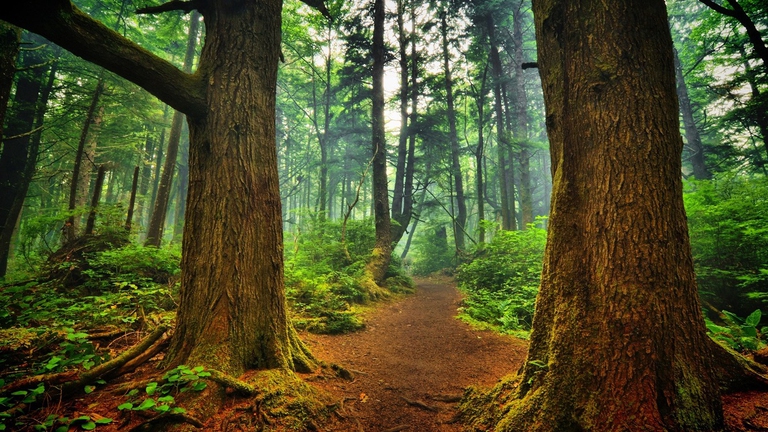
Canada’s wildfire season this year is impacting air quality way beyond the borders of the North American state, reaching as far as Europe.
Secondo la guardia forestale tedesca Peter Wohlleben gli alberi sono esseri sociali, sono collegati da un grande network naturale e possono perfino essere amici.
We often struggle to feel empathy towards mammals, animals so similar to us, in a way that believing that a tree, a creature Aristotle considered closer to the inorganic world than the animal one, are intelligent and social beings can only seem absurd. Yet, that’s the way it is.
Among the main supporters of plant intelligence we find Stefano Mancuso, Italian neurobiologist and Director of the International Laboratory of Plant Neurobiology (LINV) in Florence, Italy. He’s not the only one to investigate the mysterious and largely unknown world of plants. German Forest Ranger Peter Wohlleben published a best-selling book titled “The Hidden Life of Trees: What They Feel, How They Communicate — Discoveries From a Secret World,” claiming that trees are highly social creatures.
“Trees can count, learn and remember, and warn each other of danger by sending electrical signals across a fungal network known as the Wood Wide Web“. According to this theory, root extremities (where plant intelligence is believed to be enclosed) work in close collaboration, creating a large network that extends for dozens of kilometres.
Trying to anthropomorphise plants, beings with an alien and mysterious intelligence and life cycles so different from us, is probably not the right thing to do. Yet, trees are able to carry out incredible solidarity actions. According to Wohlleben, they’re in fact able to keep the ancient stumps of long-felled companions alive for centuries by feeding them a sugar solution through their roots.
“These trees are friends,” said the forest ranger to a journalist of The New York Times, pointing at a pair of beeches in the Black Forest, Germany. “You see how the thick branches point away from each other? That’s so they don’t block their buddy’s light. Sometimes, pairs like this are so interconnected at the roots that when one tree dies, the other one dies, too.”
Wohlleben aims to provide a new way of considering forests, by re-imagining them, and acknowledging the essential role they play in the cultural consciousness, as they’re currently mainly seen as “organic robots” designed to produce oxygen and timber.
Siamo anche su WhatsApp. Segui il canale ufficiale LifeGate per restare aggiornata, aggiornato sulle ultime notizie e sulle nostre attività.
![]()
Quest'opera è distribuita con Licenza Creative Commons Attribuzione - Non commerciale - Non opere derivate 4.0 Internazionale.
Canada’s wildfire season this year is impacting air quality way beyond the borders of the North American state, reaching as far as Europe.
Wood is renewable, recyclable, climate friendly and incredibly versatile. A journey into how this material can help shape a more healthy global economy.
The Amazon became an alternative classroom during the pandemic. Now, the educational forest in Batraja, Bolivia, lives on to teach children and adults the value of nature.
A Kenyan company has developed a new technology, seed balls, to stop the devastation wrought by climate change and soil erosion on indigenous communities.
Our species took its first steps in a world covered in trees. Today, forests offer us sustenance, shelter, and clean the air that we breathe.
The illegal rosewood trade, worth millions of dollars, is in the hands of Senegalese rebel groups, Gambian government officials and Chinese buyers.
Traditional orchards are ancient though often neglected sources of food, culture and well-being for people, as well as havens for wildlife. Conservation organisation Orchard Origins explains their value and benefits.
Areas where the FARC guerrilla used to hold power in Colombia have faced record deforestation. Farmers cut down trees, burn land and plant grass for cows. Because, “what else can we do for a living here in the Colombian Amazon”? An intimate report from the heart of the felled forest in Caquetá.
Refusing the anthropocentric vision and respecting the laws of ecology is the only way to safeguard the future of our and all other species, Sea Shepherd President Paul Watson argues in this op-ed.









